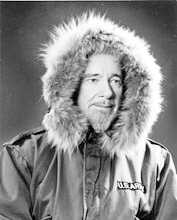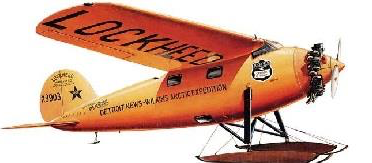
AUSTRALIA’S LEAST KNOWN ANTARCTIC ADVENTURER
Sir Hubert Wilkins was one of our greatest explorers but hardly remembered today. In his time he was alternately a war correspondent, polar explorer, ornithologist, geographer, climatologist, aviator, author, balloonist, war hero, reporter, and secret agent.
He even tried to sail a submarine under the arctic ice pack in 1931!!!.
In 1913, Wilkins became second in command to the famous anthropologist and Arctic explorer, Vilhjalmur Stefansson on his expedition to the Canadian Arctic.
After a war career as a pilot and photographer he joined the Shackleton-Rowett Expedition to the Southern Ocean as an ornithologist (studying birds) in 1921-22 and then worked for the British Museum studying birds in northern Australia.
In 1927, together with his good friend, American pilot Carl Eileson, he was the first person to land a plane on drift ice and a year later they made the first trans-Arctic crossing. For this and other work he was knighted and now Sir Hubert turned his attention south.
In 1928 he sailed from New York in a whaling ship, the Hektoria, bound for the Antarctic. Having received backing from newspaper publisher WIlliam Randolph Hearst, the expedition was known as the Wilkins-Hearst Expedition.
From Deception Island they would make the first airplane flight in Antarctica using a Lockheed Vega aircraft. The first flight was short but a later flight covered 1000 miles of unexplored territory.

Wilkins says in his diary: “We had left at 8:30 in the morning, had covered 1300 miles — nearly a thousand of it over unknown territory — and had returned in time to cover the plane with a storm hood, go to the Hektoria, bathe and dress and sit down at eight o’clock to dinner as usual in the comfort of the ship’s wardroom”.
Although a second Wilkins-Hearst Expedition was carried out and made a number of successful flights Wilkins had hoped to perhaps make the first trans-Antarctic flight, a goal which never eventuated.
He would later work with his friend, American millionaire Lincoln Ellsworth and return to the Antarctic continent.
Ellsworth would make three attempts to complete a trans-Antarctic flight, which he succeeded in doing in 1935. Sir Hubert Wilkins was the organiser behind Ellsworth on each of them.
And the submarine? He did manage to get within 600 miles of the North Pole and to demonstrate that submarines could operate under the polar ice but mechanical problems forced him to abort the mission and the submarine was eventually scuttled.
After his death in 1958 his ashes were taken to the Arctic by the crew of the submarine USS Skate and scattered.
A number of places in Antarctica are named after him, including Wilkins Aerodrome near Australia’s Casey Base.
A fitting tribute to an extraordinary man.
